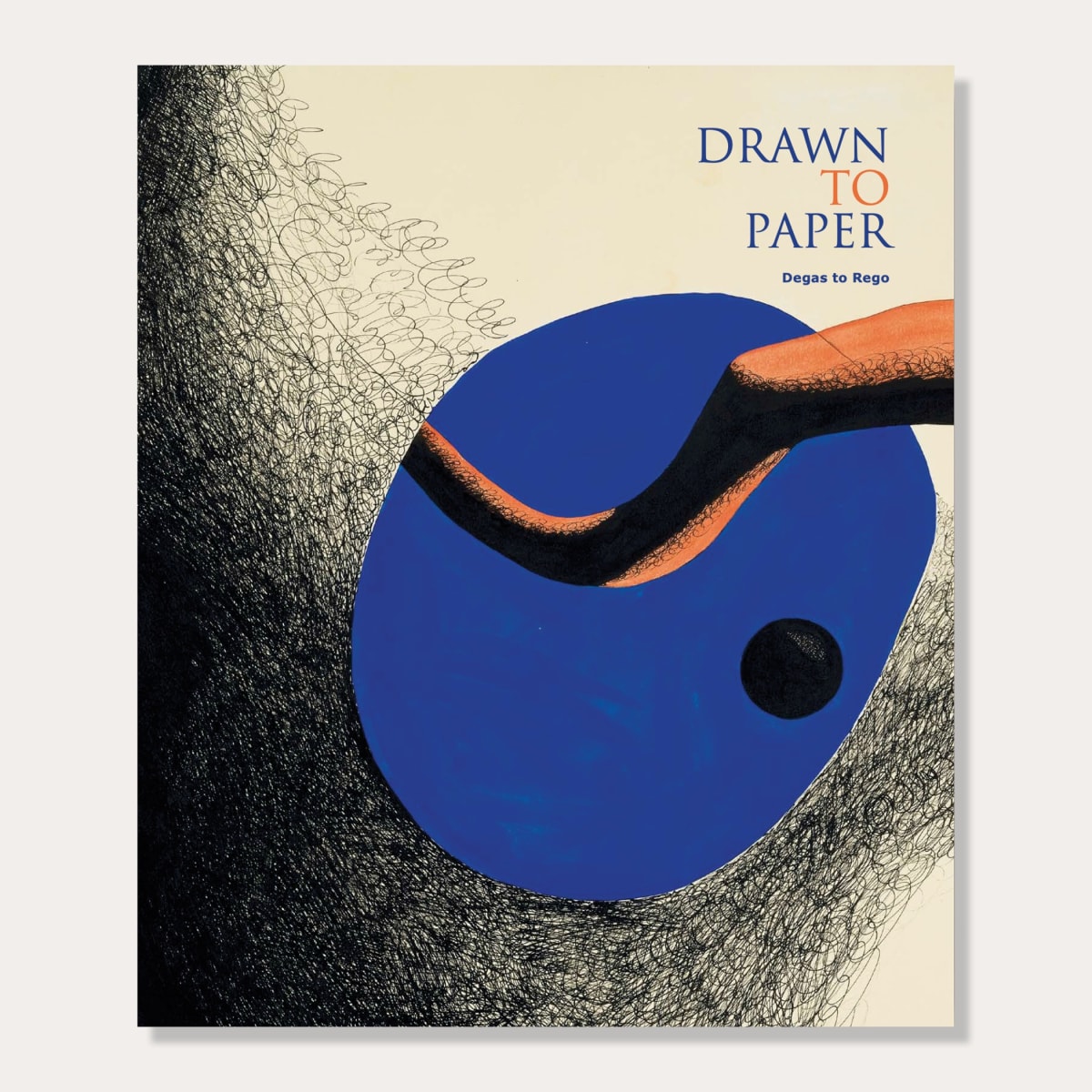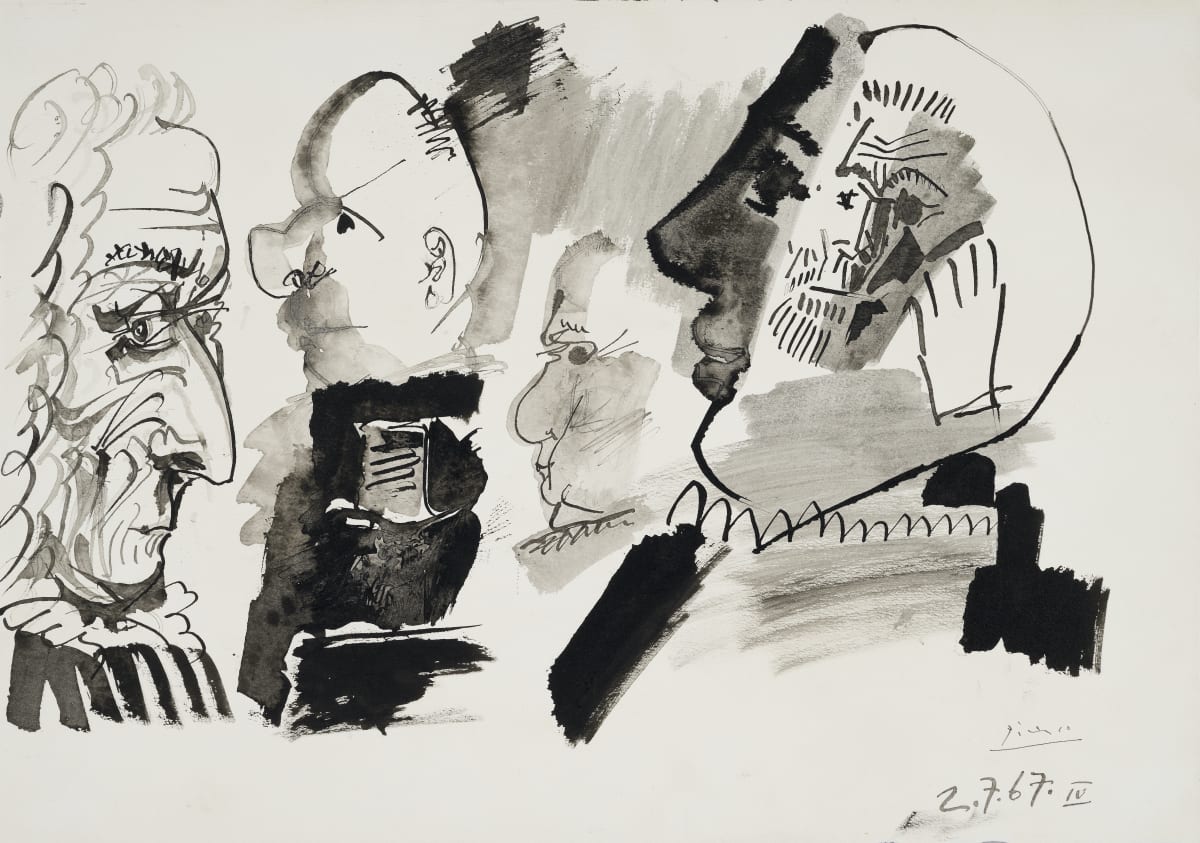Raoul Dufy
The gallery handles, acquires and advises on works by Raoul Dufy. For more information or the availability of work, please contact the gallery.
Raoul Dufy (1877 - 1953)
French painter, graphic artist, and designer. His early work was Impressionist in style, but he became a convert to Fauvism in 1905 after seeing Matisse's Luxe, calme et volupté ('this miracle of creative imagination in colour and line') at the Salon des Indépendants. He exhibited with the Fauves in 1906 and 1907, but in 1908 he worked with Braque at L'Estaque and abandoned Fauvism for a more sober style influenced by Cézanne. However, he soon returned to a lighter style and in the next few years developed the highly distinctive personal manner for which he became famous. It is characterized, in both oils and watercolours, by rapid calligraphic drawing on backgrounds of bright, thinly washed colour and was well suited to the scenes of luxury and pleasure Dufy favoured.
He had achieved considerable success by the mid-1920s and the accessibility and joie de vivre of his work helped to popularize modern art. In 1910 Dufy made friends with the fashion designer Paul Poiret, and he did design work for him and for Bianchini-Férier, a silk manufacturer of Lyons. His other work included stage designs, numerous book illustrations, and several murals, the largest of which was The Spirit of Electricity, commissioned for the Pavilion of Light at the 1937 Paris World Fair and now in the Musée d'Art Moderne de la Ville de Paris. In 1952 he was awarded the main painting prize at the Venice Biennale. His popularity has continued undiminished since his death, not least in Japan, where he is a favourite with collectors.



